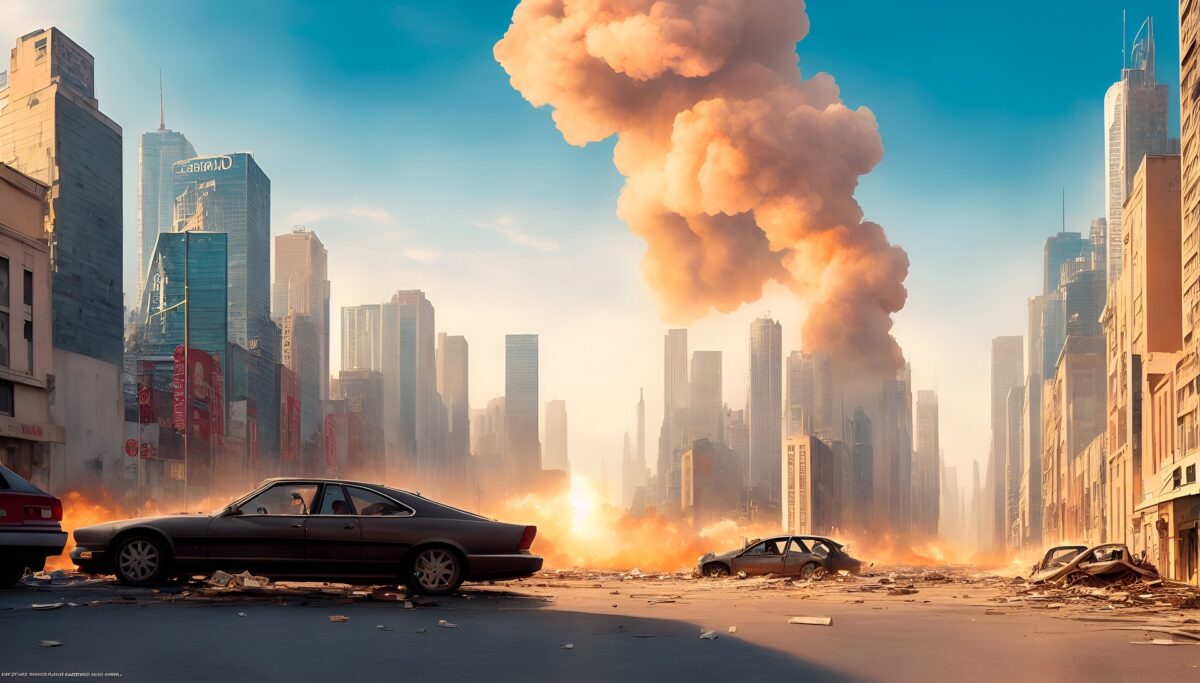Is AI Debt the New Subprime? The Private Equity Risks Facing the Big Seven
The global economy is currently witnessing a massive capital deployment into Artificial Intelligence infrastructure, largely driven by the “Big Seven” tech giants and fuelled by complex private equity debt. However, beneath the surface of this technological gold rush, risk managers are identifying structural echoes of the 2008 financial crisis. From “circular funding” loops to the role of credit rating agencies, the parallels are becoming too significant to ignore.
The Structural Parallels Between Mortgages and Models
In 2008, the “bedrock” was residential real estate; in 2026, it is the data centre. The fundamental belief driving today’s market is that AI demand will grow exponentially forever, mirroring the pre-2008 mantra that “home prices never go down.”
Credit rating agencies are once again under the spotlight. Just as they assigned AAA ratings to subprime mortgage-backed securities based on flawed correlations, they are now assessing AI-related corporate bonds and infrastructure debt with high grades. These ratings often rely on the perceived strength of the “Big Seven” (Microsoft, Alphabet, Amazon, Meta, Apple, Nvidia, and Tesla), yet they may overlook the rapid depreciation of the underlying collateral—GPUs and specialised servers that could become obsolete within years.
The Danger of Circular Funding and Shadow Banking
One of the most concerning parallels is the rise of “Circular Financing.” We are seeing a loop where tech giants invest equity into AI startups, which then use that same capital to lease compute power back from the investor’s cloud platforms. This inflates revenue figures and creates a “phantom” growth narrative.
Private equity firms and private credit lenders—the “shadow banks” of the modern era—are providing the leverage for these deals with less transparency than traditional regulated banks. This opacity mirrors the off-balance-sheet vehicles that hid systemic risk two decades ago. If the cash flows from AI applications do not materialise fast enough to service this debt, the entire “infinite money loop” could collapse, leading to a significant credit crunch.
What This Means for Global Businesses and the Economy
For modern businesses, this debt-heavy environment presents a unique set of risks. Companies relying on AI infrastructure could face sudden service disruptions or skyrocketing costs if their providers suffer a liquidity crisis. Furthermore, as regulators begin to flag these risks, the cost of borrowing for even non-AI businesses may rise as capital markets tighten in anticipation of a “re-rating.”
While some analysts argue that the “Big Seven” have enough cash to withstand a bubble burst, the systemic risk lies in the interconnectivity of the private equity ecosystem. A default in the mid-market AI sector could trigger margin calls and a “flight to quality,” potentially leading to a “tech-led” recession. Unlike 2008, the impact may be concentrated within the technology and private equity sectors, but in a world where tech is the backbone of all industry, the ripple effects will be felt globally.
To protect your business from the systemic risks associated with the AI debt bubble and private equity volatility, business leaders should implement a multi-layered risk management strategy.
Here are six actionable tips to build resilience today:
1. Conduct a “Shadow Infrastructure” Audit
Many businesses are unknowingly exposed to AI debt through their third-party vendors. Identify which of your critical service providers—from CRM systems to cybersecurity—rely on “Big Seven” cloud infrastructure or are heavily funded by private equity.
-
Action: Create a risk map of your technology stack. If a key vendor is part of a “circular funding” loop, they are higher risk for sudden insolvency or price hikes.
2. Diversify Across “Model Families”
Avoid “vendor lock-in” by ensuring your AI integrations are model-agnostic. Relying on a single provider’s API makes you vulnerable to their specific credit rating or debt obligations.
-
Action: Use an orchestration layer that allows you to swap between different Large Language Models (LLMs) or cloud providers (e.g., shifting from Azure to AWS or a private local server) without rewriting your entire codebase.
3. Move from Efficiency to “Compute Sovereignty”
During the 2008 crisis, businesses with “on-balance-sheet” assets fared better than those with complex lease agreements. Similarly, in an AI credit crunch, having your own dedicated compute resources can be a lifeline.
-
Action: For mission-critical AI tasks, consider “Small Language Models” (SLMs) that can run on local, owned hardware rather than relying exclusively on the expensive, debt-funded “Big AI” clouds.
4. Implement “Reverse Stress Testing”
Instead of asking “What if revenue drops?”, ask “What if our AI costs triple or the service goes offline for a month?”
-
Action: Run a simulation where a major AI infrastructure provider defaults. Identify the manual workarounds or legacy systems required to keep your core business functions alive for at least 30 days.
5. Monitor “Counterparty Contagion” in Your Supply Chain
The AI debt risk isn’t just in tech; it’s in any industry where private equity has used “AI transformation” as a reason to over-leverage.
-
Action: Review the debt levels of your most important suppliers. If a supplier has recently undergone a PE-backed “AI-first” pivot, they may be more sensitive to interest rate changes or credit re-ratings by agencies.
6. Build a “Physical-First” Contingency Plan
In a world increasingly dependent on virtualised, debt-backed intelligence, the ultimate hedge is physical and operational resilience.
-
Action: Maintain updated, offline versions of your most critical data and ensure that your key staff are trained in “analog” versions of automated processes. This prevents a “digital freeze” if your AI providers face a credit-induced shutdown.
#BusinessRisk #AIDebt #FinancialCrisis2026 #BusinessRiskTV #RiskManagement
Get help to protect and grow your business faster with BusinessRiskTV
Find out more about growing your business faster marketing and advertising with BusinessRiskTV
Subscribe for free business risk management ideas risk reviews and cost reduction tips
Connect with us for free business risk management tips
Read more business risk management articles and videos for free
Connect with BusinessRiskTV for free alerts to new business risk management articles and videos
AI Private Equity Debt Risks: Parallels to 2008 Subprime Crisis















